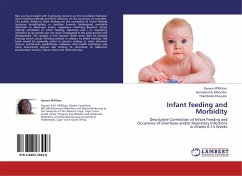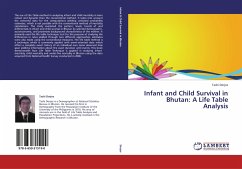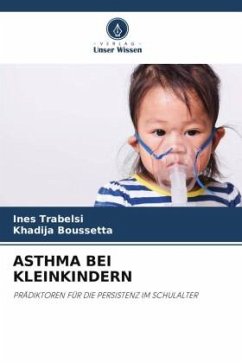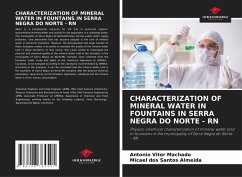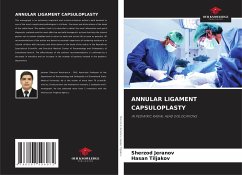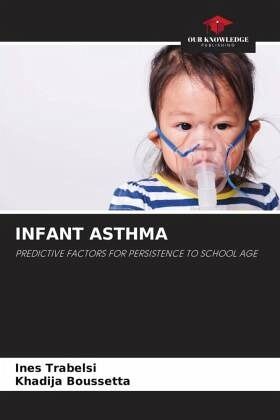
INFANT ASTHMA
PREDICTIVE FACTORS FOR PERSISTENCE TO SCHOOL AGE
Versandkostenfrei!
Versandfertig in 6-10 Tagen
29,99 €
inkl. MwSt.

PAYBACK Punkte
15 °P sammeln!
Objectives: To describe the characteristics of infant asthma and to identify factors for the persistence of infant asthma into school age. Methods:This was a retrospective, descriptive, analytical study that included 115 children diagnosed with infant asthma. We identified factors predictive of asthma persistence at school age by univariate and multivariate statistical analysis using logistic regression. Results: The diagnosis of asthma was made on average at 18.83 ± 8.3 months of age. Two groups were identified: transient wheezers S- (n=34/29.6%) and persistent wheezers S+ (n=81/70.4%). Stat...
Objectives: To describe the characteristics of infant asthma and to identify factors for the persistence of infant asthma into school age. Methods:This was a retrospective, descriptive, analytical study that included 115 children diagnosed with infant asthma. We identified factors predictive of asthma persistence at school age by univariate and multivariate statistical analysis using logistic regression. Results: The diagnosis of asthma was made on average at 18.83 ± 8.3 months of age. Two groups were identified: transient wheezers S- (n=34/29.6%) and persistent wheezers S+ (n=81/70.4%). Statistical analysis identified three independent predictors of persistence: personal atopy (p=0.002; ORaj=25.7 [3.4 -193.3]), modified asthma predictive index (modified API) (p=0.027; OR=10.188 [1.3-79.5]), and mean number of hospitalizations for asthma attacks (p=0.013; ORaj=0.67 [0.08 -0.560]). Conclusion: The course of asthma in infants is highly variable. Several factors related to its persistence into school age were identified.



